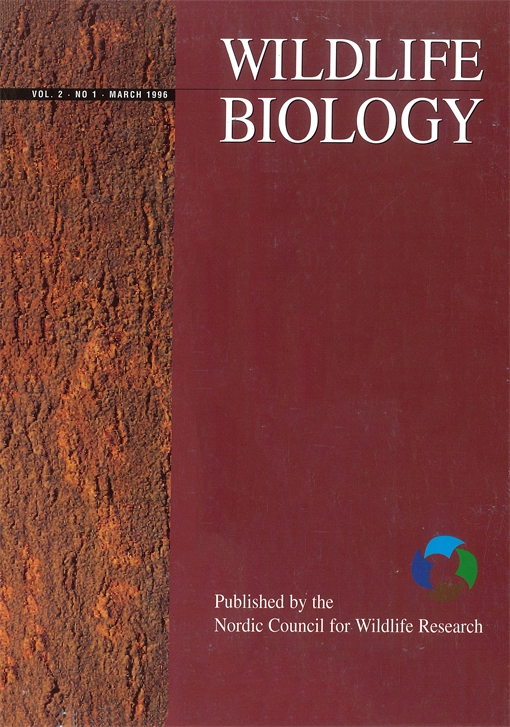The effect of mature forest fragmentation on breeding success of vole-eating Tengmalm's owls Aegolius funereus was studied in western Finland during 1981–1995. The owl pairs produced more fledglings in territories with high (>30%) proportions of clear-cut and plantation areas than in territories with low (<30%) proportions of such areas. Territory occupancy, clutch size, laying date, and parental characteristics such as wing length, body mass and age were not associated with the proportion of clearcut areas within territories. Snap-trapping data from the ‘increase’ vole year 1994 revealed that the Microtus vole density tended to be higher in large clear-cuttings than in small ones. The increasing amount of sapling and clear-cut areas in coniferous forests during the last three decades has created suitable grass habitats for Microtus voles, and simultaneously new hunting habitats for Tengmalm's owls. Therefore, forest fragmentation due to clear-cuttings may benefit Tengmalm's owls at the present scale. However, nest-boxes should be erected and old groves should be protected, because forest harvesting apparently reduces the number of suitable natural cavities for owls in the long run.
How to translate text using browser tools
1 December 1996
Clear-cut areas and breeding success of Tengmalm's owls Aegolius funereus
Harri Hakkarainen,
Vesa Koivunen,
Erkki Korpimäki,
Sami Kurki

Wildlife Biology
Vol. 2 • No. 4
1996
Vol. 2 • No. 4
1996
Aegolius funereus
breeding success
clear-cuttings
forest fragmentation
modern forestry
vole density




